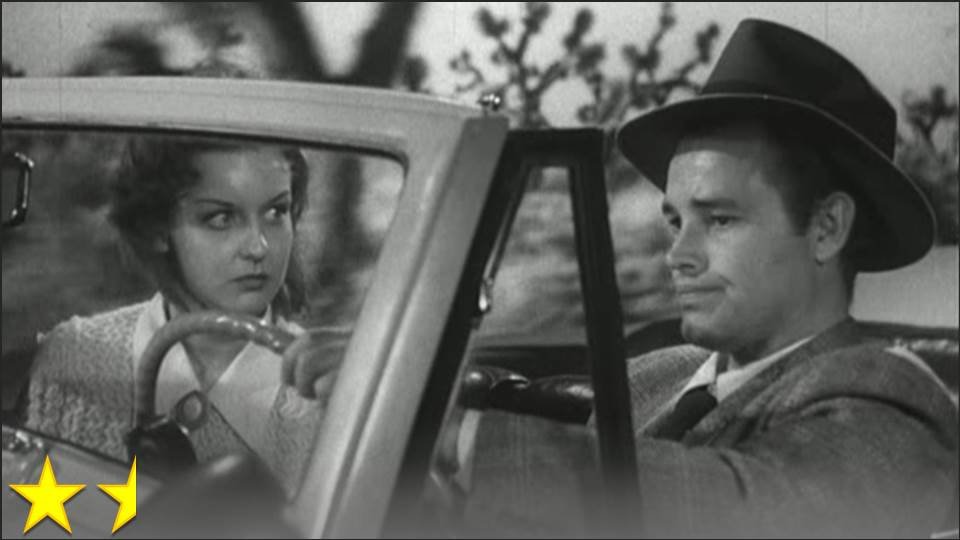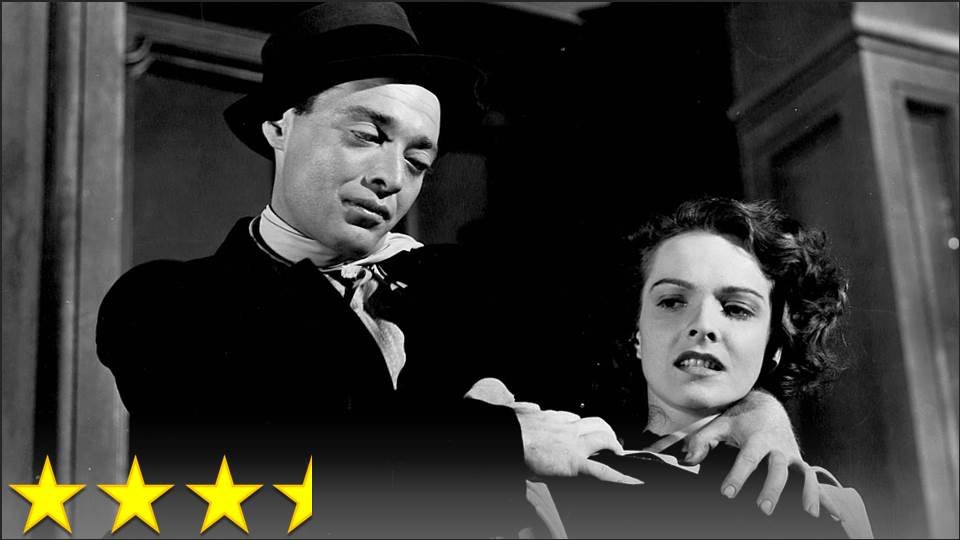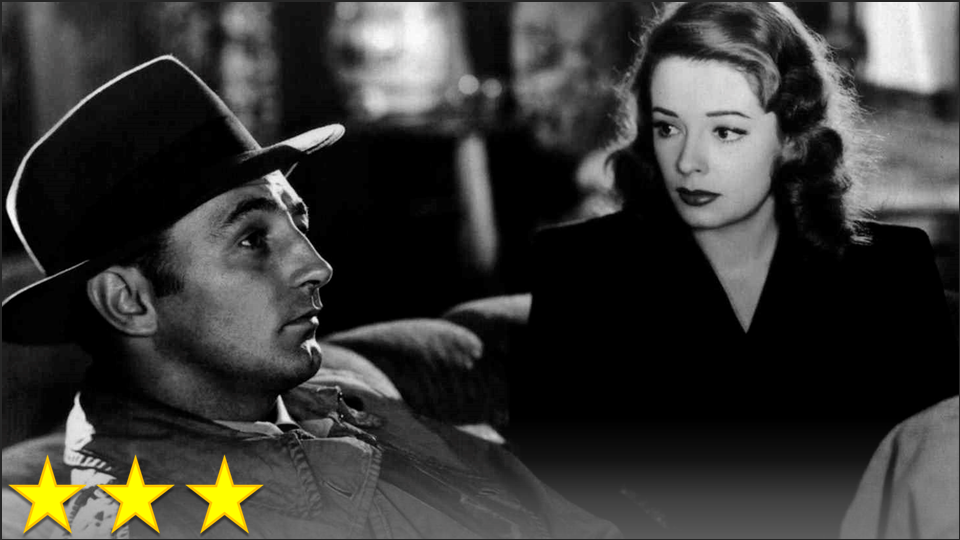This film is an absolute mess. It looks as cheap as it is, constantly making it painfully obvious that the director’s been given less than $100,000 and less than a week to make a movie. The script is all over the place, with a story that the biggest of fans of this film concede makes little or no sense. The characters are clearly not meant to be likable, but I found them utterly detestable without reason. The whole experience is painful, and I think most film critics/historians recognize that, but they still review it well and consider it a classic because they justify its badness. I’m not going to do that, because this film doesn’t deserve my help.
I’ve heard a number of reasons why the story and characters are as bad as they are and explanations of what it’s supposed to mean. I’ve come up with a few similar explanations myself, which the professor of my film noir class found rather thoughtful. Some argue that the story is addressed directly to us, while I argue he’s mentally preparing his story for anyone – primarily the cops – who may question him, and some would say it’s all essentially a dream (which would explain why it seems to function in an over-dramatized fairy tale world of “dream logic” rather than in reality). The running theme throughout interpretations and justifications of the story is the unreliable narrator, but in the end, these are all mere excuses. I think the real reason why people make such excuses is that the film is so intellectually fascinating to critics, and these critics want to make their fascination with the film – which often transforms into love for the film – seem justified. In my view, however, this is not a matter of a film being so bad that it’s good, although I’ve reviewed such films positively in the past. This is a case of a very creative and fascinating (yet illogical) film that feels like it ought to have a logic to it, so it remains a memorable enigma, and for that it is a classic . . . it’s just not a good classic.


